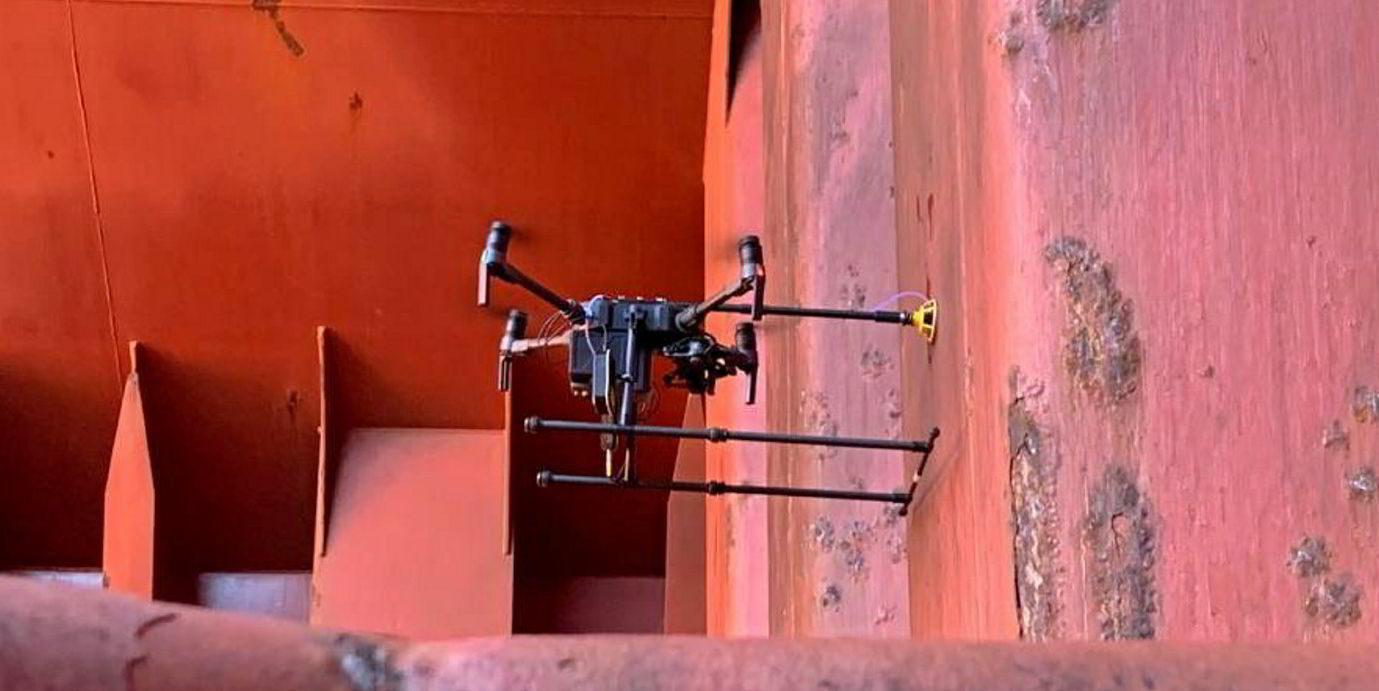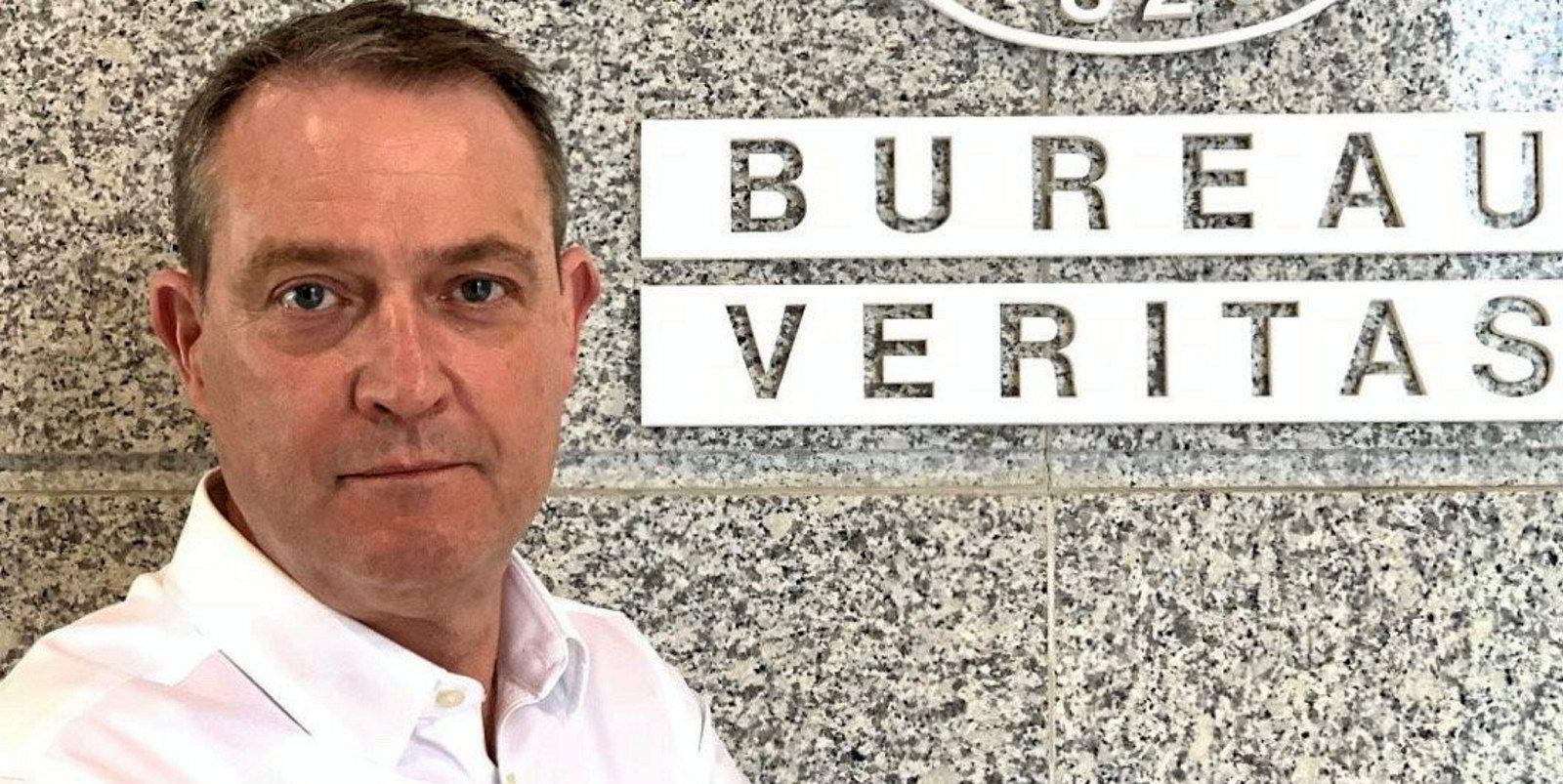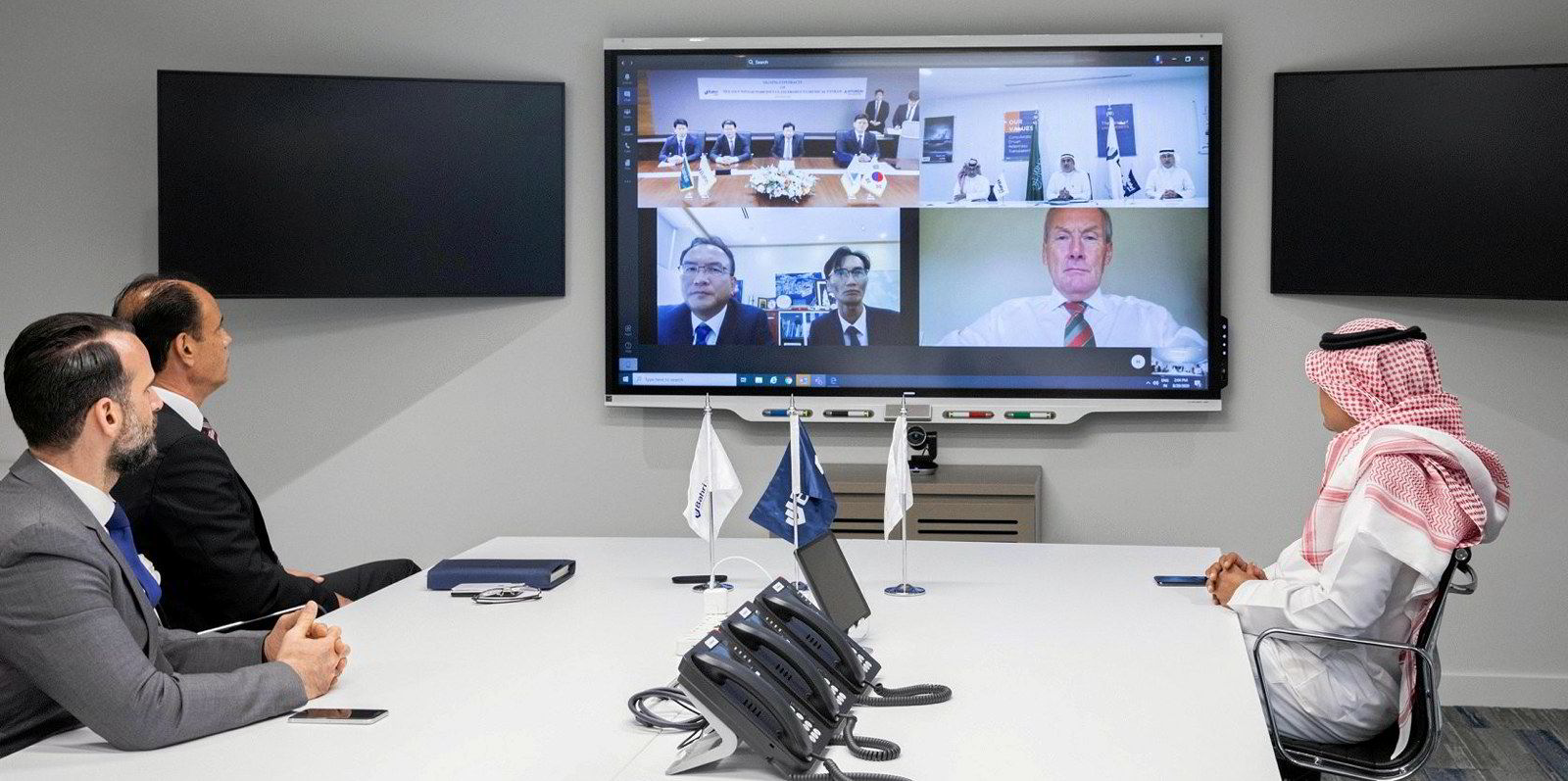One year ago, Bureau Veritas (BV) conducted its first remote survey using an inspection drone. Today, remote surveys are a vital part of the ship inspection regimes of many classification societies.
Developers of video and drone technology have been nipping at the heels of the shipping industry for years, but it took the outbreak of coronavirus to truly raise awareness of their offerings.
Remote inspection techniques were reflected in BV’s rules in 2019, but it claims that a March 2020 intermediate survey of a bulker established “proof of concept” for the most advanced techniques, including close-up inspections and ultrasonic thickness measurements conducted by the drone in two cargo hold spaces.
It could not have been more timely.
Covid-19 made conducting in-person inspections of ships difficult for classification societies. Not only did restrictions on vessel access take their toll, surveyors and seafarers were also put at increased risk of exposure.
David Barrow, Bureau Veritas’ Singapore-based marine and offshore vice president for South Asia, told TradeWinds that drones and other technology such as the artificial intelligence-assisted visual support cloud platform SightCall, which can be installed on any smartphone, have proved as effective as any on-site surveyor.
However, Barrow stressed “the skill of the surveyor will always be critical and technology can be used effectively in decision making”.
“It is now a tested concept that has worked very well. The clarity of the imagery has been remarkable,” Barrow said.
Geographical challenges

The safety benefits of remote surveys extend far beyond Covid-19, Barrow explained. Drones are able to enter dangerous confined spaces such as ballast and fuel tanks, and scale the heights of cargo holds without the need for the time-consuming and costly scaffolding to provide surveyors access.
It also has been especially useful for surveys of vessels in far-flung locations in Indonesia and Australia, which were already difficult for surveyors to reach in normal times and aew all but impossible now because of onerous travel restrictions.
BV has opened remote survey centres in Singapore, Rotterdam, Athens, Dubai and Shanghai as more and more survey work has become remote in nature.
For now, remote surveys are proving useful for occasional surveys outside of class. They are used frequently to survey minor damage and equipment repairs, as well as new construction work.
International Association of Classification Societies (IACS) regulations do not permit remote surveys for annual class surveys, although BV did conduct one on an LNG-powered tug — a pilot project in conjunction with the Maritime & Port Authority of Singapore and other relevant authorities.
“The technology is there to do such a survey on large vessels, but under IACS you can’t do it,” Barrow lamented.
He foresees drones becoming increasingly important tools for inspection surveys, especially when combined with new developments in artificial intelligence that could give them the ability to identify and zoom in on potential areas of concern on board a vessel.





